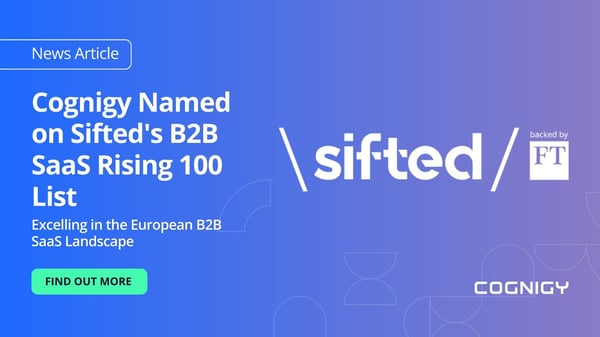In 2020, every industry has been facing never-seen-before issues that are leading to staff cuts, workload distribution problems, etc. Contact centers are no different and have been flooded with calls and queries. In a recent survey, 50% of call centers reported a spike in inbound traffic between May-June 2020, with limited, remotely-based staff to deal with it.
Call centers have already been struggling with low satisfaction rates amongst both customers and agents. Most of this can be attributed to four broad issues:
- Long IVR menus and wait times for customers.
- More tedious work and less opportunity for specialization and upskilling for agents.
- A lag in technological advancement in the contact center industry.
- Lack of a streamlined solution to all of the above.
This article is going to discuss how Cognigy Voice Gateway can be a coherent solution for Contact Center Managers for addressing these gaps. It is an enterprise-ready, AI-based Conversational IVR solution that can deploy virtual voice agents, co-exist with your existing technology, and enhance the work of human agents.
What is Cognigy Voice Gateway?
It is an AI (Artificial Intelligence) based voice gateway for contact centers whose basic job is to deploy virtual voice agents for automated inbound and outbound phone conversations. In Combination with Cognigy.AI, it employs the following technologies in order to create a naturally conversing voice bot:
- Machine Learning
- Natural Language Processing
- Natural Language Generation
- Sentiment Analysis
- Speech Recognition
As a gateway solution, this system goes beyond its core function and makes single-platform operational management easier for contact center managers. Hence, they can focus more on agent training and other high-level tasks. The key features of Cognigy Voice Gateway are:
- SIP, RTP, and WebRTC voice engagement channels
- Spoken language transcription
- API-based voice cognitive services such as translation
- Pluggable voice to text (STT) and text to voice (TTS) services
- Speech Synthesis Markup Language (SSML)
- Inherent session border controller (SBC) functionality
- SIP signaling and media (RTP) with enhanced call control
- Scalable deployment with load-balanced SBC traffic
- Enterprise-grade security, resilience, and availability
Let us now expand upon the specific problems faced by contact centers that Cognigy Voice Gateway can tackle to improve overall performance.
Problems and solutions: Potential effects of installing Cognigy Voice Gateway
The core purpose of installing any AI-based solution is to enhance processes with advanced intelligence. What Cognigy’s phone bot and Conversational AI can achieve can be stated in 3 key points:
1. Problem: In the second decade of the 21st Century, callers expect a redressal system that is available 24x7 and doesn’t make them wait for too long. The millennial attention span lasts single-digit seconds.
Solution: Cognigy Voice Gateway’s virtual agents can be available around the clock and can cater to multiple callers at once for smooth handling of traffic.
2. Problem: As mentioned before, callers are impatient and long menus, and wait times are working in the favor of contact centers. DTMF codes and numeric keypad-based IVR menus are lengthy and tedious. A more preferable way for callers to get their issues resolved would be to get it done in a single conversation.
Solution: Cognigy Voice Gateway’s AI phone bot can speak to callers in natural language and resolve their issues. If required, it can route them to a human agent as well.
This ensures that only specialized and complex problems reach human agents, which they can invest more time and effort in. This also provides managers with a greater opportunity to challenge their human agents. This helps agents work on their creativity and development better. Effectively, this means better upskilling, employee satisfaction, and smoother management.
3. Problem: Companies struggle with inefficiency that leads to higher costs, lower first-call resolution rates, and lower customer satisfaction.
Solution: Cognigy Voice Gateway can increase first-call resolution rates and save time with its high usability score. This, coupled with a high conversion rate, and a voice bot which can talk naturally leads to increased customer satisfaction.
The Gateway solution also offers many other features simultaneously that make call center operations smoother and more efficient.
To avail a whole new set of benefits with a new system would usually mean a major logistical and operational overhaul, but not with Cognigy Voice Gateway.
Implementation of Cognigy Voice Gateway with existing systems
To enhance assimilation with existing systems, Cognigy Voice Gateway can be integrated with any existing contact center IT stack operating on VoIP telephony. These include popular IT stacks such as Genesys, Avaya, Nice, Five9, and Twilio.
Voice calls initiated with the following channels can be routed to the phone AI system using the internal SBC and other components:
- SIP Trunk
- PSTN or cellular
- Enterprise Unified Communications (UC) and IP-PBXs
- Contact Centers
- WebRTC
Cognigy Voice Gateway involves cognitive speech services (STT and TTS) for which you can choose from native provider integrations or your organization’s own engines. Native providers include Microsoft Speech Services, Google Speech Services, and Nuance.
Components of Cognigy Voice Gateway
Cognigy’s Conversational IVR and coherent AI system runs on the following components that make integration with existing systems and transitions to the new system smoother:
-
1. Session Border Controller
-
What it does:
-
An SBC is a device that secures and regulates IP communication flow in a contact center. Cognigy Voice Gateway features an built-in SBC connection to the PSTN/SIP (Public Switched Telephone Network/ Session Initiation Protocol) trunk. This SBC configures the organization’s PBX (Private Branch Exchange) to forward inbound calls to the voice bot.
-
How it does this:
-
The SBC terminates SIP calls, picks up phone calls, and defines the VPU (Voice Processing Unit) configuration. It also extracts information such as the caller ID, phone number, etc. and forwards it to the Conversational AI platform.
-
2. RX (receive mode) audio
-
What it does:
-
Receives incoming audio from a phone AI call and sends it to the AI Endpoint for further processing.
-
How it does this:
The VPU is connected with Cognigy.AI and configured to send incoming speech transcripts along with metadata to a Cognigy.AI Endpoint. The VPU receives an RTP voice stream from a terminated incoming SIP call and sends the stream to a pre-configured STT (Speech-to-Text) engine.
3. TX (transmit mode) audio
-
What it does:
- Transmits audio in response to the RX audio through the phone bot.
-
How it does this:
- The Conversational AI platform sends text and metadata such as SSML (Synthetic Speech Markup Language) to the VPU for TTS (Text-to-Speech) transcription. Additional functions such as hanging up a call, transferring it to another agent, enabling/disabling barge-in, etc. can also be configured.
4. Conversational AI Platform
-
What it does:
- Conversational AI receives, understands, interprets incoming text+metadata, and responds appropriately with the required information or action.
-
How it does this:
- The Conversational AI platform receives incoming data and records it along with metadata such as caller ID, phone number, SIP header information. With advanced Natural Language Processing (NLP), utterance handling, intent detection, and conversation flow configuration are processed. For information, transactions, and actions, the platform connects to backend systems and corporate IT systems.
Deployment options for the Cognigy Voice Gateway
To maximize the choice and flexibility of operations, this solution is available in three different deployment options. Thanks to our standard contract terms and experienced integration team, integration becomes easy, and scaling up to automate a greater number of calls becomes smooth.
1. On-premises
If you opt for an on-premises solution, the Gateway will be deployed as a fully managed service in your organization’s data center. The infrastructure would be fully scalable. Pricing options will be on a pay-per-use subscription model.
2. SaaS
With SaaS, the Gateway will be deployed as well as managed in Cognigy’s cloud, using Cognigy’s infrastructure and resources.
3. Managed services
This option will involve setting up of all-round services such as:
- Installation
- Initial configuration
- Integration
- Maintenance
- Active monitoring
- Fault management
Follow-up and maintenance are as crucial as operational aspects of any system, and often the aspects that invite more skepticism.
Multitasking and monitoring with the Voice Gateway
The Cognigy Voice Gateway is designed to handle hundreds or even thousands of parallel phone AI calls with live audio streams in near-real-time. To ensure 24x7 operation along with integrity, redundant configurations with underlying voice gateway instances are available. Operations of such a large scale require high-quality performance monitoring.
Monitoring allows for alerting of critical timing parameters and response times which makes smooth functioning possible even through high traffic. This level of monitoring is carried out by configuring the underlying SBC for escalation. Another measure that can be carried out is defining the forwarding of incoming phone conversations in case the VPU is temporarily unavailable.
Why should you trust Cognigy Voice Gateway?
Installing any new technological system comes with its own privacy concerns these days. These are a few reasons why our Voice Gateway platform can put your concerns to rest:
- Cognigy Voice Gateway has been built on a ‘privacy by design’ model. Privacy by Design is an organizational framework that involves proactively embedding privacy into the design and operation of IT systems, networked infrastructure, and business practices.
- With this platform, data storage and logging can be configured per organization or even down to each individual bot configuration.
- All three deployment options are GDPR (General Data Protection Regulation) and data security compliant.
- Cognigy is an organization guided by SOC2 policies and procedures. SOC2 is an auditing process which ensures that an organization’s data, interests, and clients’ privacy are secured by its service providers.

.png?width=60&height=60&name=AI%20Copilot%20logo%20(mega%20menu).png)
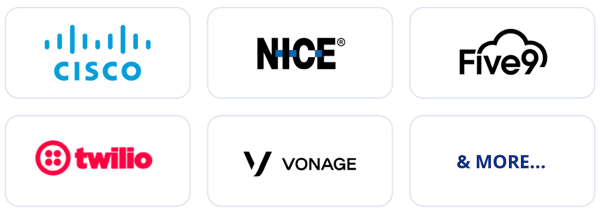
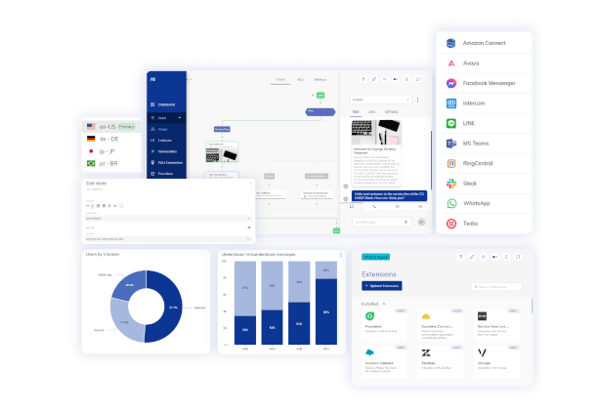
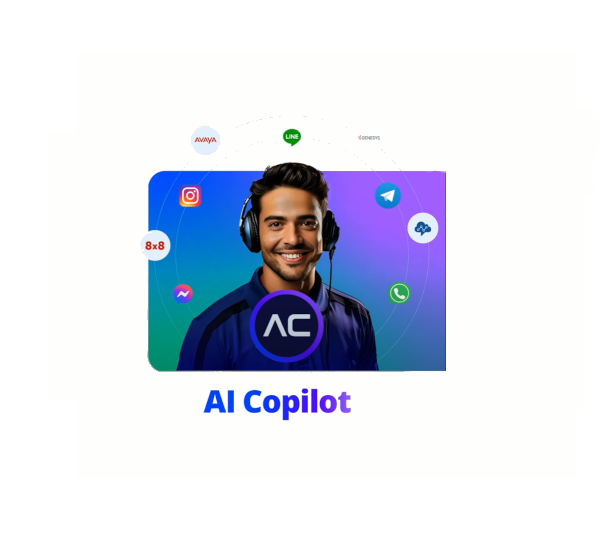
.png?width=600&height=600&name=Knowledge%20AI%20Feature%20image%20(2).png)

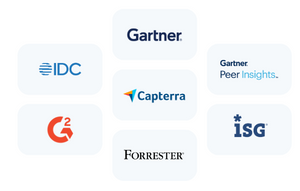




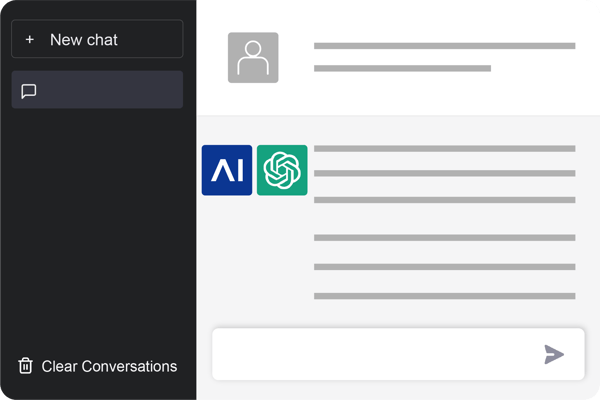
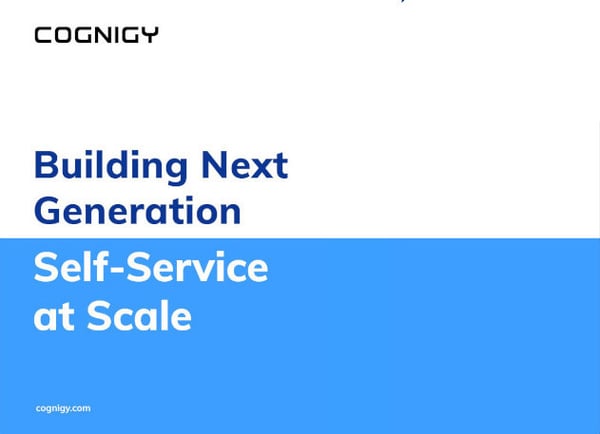
.jpg?width=600&height=600&name=Awards%20announcement%20(4).jpg)
.jpg?width=600&height=600&name=Awards%20announcement%20(3).jpg)
